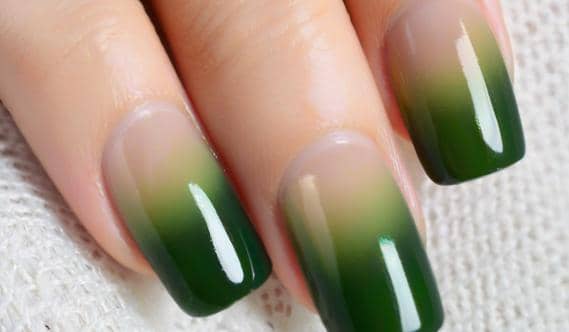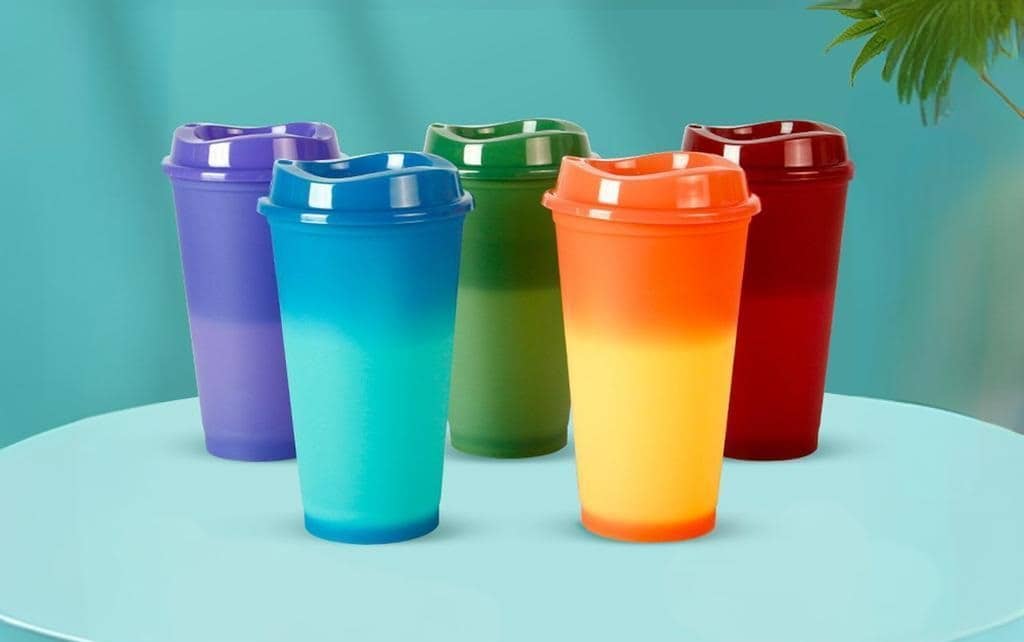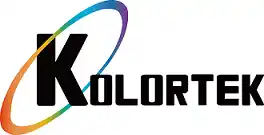Applications of Thermochromic Pigments
September 20th, 2024Thermochromic pigments, commonly referred to as reversible thermochromic materials, are well known for their unique ability to change colors with temperature fluctuations. Composed of microencapsulated substances that allow for reversible color changes, thermochromic pigments have numerous applications across industries and applications across sectors.
Textile Printing and Consumer Product Packaging
One of the primary uses for thermochromic pigments is in printing, particularly fabric printing and ceramic products like mugs. Their responsive nature to heat makes them ideal for designing designs that change appearance when touched or exposed to sources of heat; textile printing applications may use these pigments to add interactive designs that increase both aesthetic appeal and functionality, while ceramic mug applications feature thermochromic pigments as a dynamic visual element that responds with changes in beverage temperature.
Thermochromic pigment have many applications beyond textiles and ceramics. They’re often employed in printing and dyeing coatings, plastic injection molding, promotional items and gift items – including their interactive nature which makes them especially engaging to advertiser. Their visual impact makes thermochromics perfect for creating unforgettable products, including children’s toys, heat transfer stickers and beauty products like color-changing nail polish and hair dye.

Plastic Molding and Injection Services
Thermochromic pigments are widely utilized in the production of clear and semi-transparent plastics such as polypropylene (PP), soft polyvinyl chloride (S-PVC), AS, ABS, and silicone. They can be utilized in injection molding and extrusion processes for versatile manufacturing of various plastic products; moreover, their compatibility with unsaturated polyester resins, epoxy resins, acrylics, nylon monomers enables casting, molding, solidification processes.
Plastic injection molding and extrusion require thermochromic pigment in quantities ranging from 0.4% to 3.0% of total material volume; 0.6%-2.0% should provide optimal color-changing effects. Pigments must be thoroughly mixed into plastic granules before adding white oil for even dispersion of thermochromic pigments; regular pigments or dyes can be mixed in at amounts equal to approximately 0.5%-2.5 % volume of thermochromic pigments for best results.

Masterbatch Production for Thermochromic Pigments
On a larger scale, masterbatch containing 10% thermochromic pigment mixed with polyethylene or polystyrene wax can be created. This mixture will then be blended with plastic granules before molding or extrusion for improved pigment dispersion across all of your plastic products and more consistent results across batches. Masterbatch formulations and production techniques can be customized based on individual project requirements.
Temperature Management during Processing
Thermochromic pigments are extremely sensitive to temperature, and excessive heat can damage their color-changing properties, so it is critical that processing temperatures during injection molding, extrusion or casting be controlled carefully – recommended temperatures shouldn’t exceed 200degC with an absolute maximum temperature of 230degC recommended as prolonged exposure can deteriorate performance and shorten lifespan significantly.
Key Precautions and Guidelines
A. Avoid Additional Fillers or Pigments: When injecting or extrusion plastic material containing thermochromic pigments, care must be taken not to use fillers like titanium dioxide, calcium carbonate, barium sulfate or carbon black. These fillers could interfere with color changing by decreasing visibility of thermochromic pigments.
B. Proper Dispersion in Casting and Curing: When casting, molding, or curing processes involve pigments being mixed into unsaturated polyester, acrylic, or nylon monomers prior to adding initiators or curing agents for best results. This ensures even dispersion prior to pre-polymerization where viscosity increases significantly causing uneven color distribution if added post pre-polymerization; adding pigments later may clump together leading to uneven distribution; mixing after this stage could introduce air bubbles negatively impacting product quality as a whole.
C. Selecting Crosslinking and Curing Agents: During the curing process for epoxy and unsaturated polyester resins, shrinkage stresses may develop during curing, leading to microcapsule rupture containing thermochromic pigments causing them to lose their color-changing property. This often happens when using polyamine-based curing agents which may compromise pigment integrity unless careful selection of curing agents occurs in order to preserve them without impacting pigment performance.
D. Avoid High-Shear Mixing Equipment: Internal mixers, kneaders, high-speed dispersers or twin-screw extruders that feature high-shear mixing should not be used when pre-mixing thermochromic pigments with plastic granules as these machines may damage their protective layer and render them unable to change color. Furthermore, multiple rounds of extrusion could degrade their performance over time.
E. Avoid Phosphorus-Based Stabilizers and Plasticizers in PVC: When creating PVC formulations, phosphorus-containing stabilizers and plasticizers must be avoided as these may contribute to significant residual coloration in thermochromic injection-molded products, even after decolorization of pigments has taken place.
Applications in Modern Products
Thermochromic pigments continue to find new applications across industries. Within beauty and fashion, for instance, thermochromic pigments have proven invaluable. Nail polish that changes color depending on body temperature or environmental heat has become popular while temperature-sensitive hair dye can now shift colors in response to heat, making these innovative pigments stand out.
Temperature-sensitive pigments have many applications outside of beauty products. Novelty items featuring thermochromic pigments take advantage of its playful, interactive properties by revealing hidden messages or designs when filled with hot beverages – this makes these gifts and promotional items highly appealing as gifts or promo items.
Thermochromic pigments have proven invaluable across industries, providing both aesthetic and functional benefits. From plastic molding and textile printing to beauty products, thermochromic pigments’ applications are limitless; adhering to proper processing guidelines and precautions allows manufacturers to harness all their full potential – producing visually engaging products that resonate with consumers while driving market trends forward.
